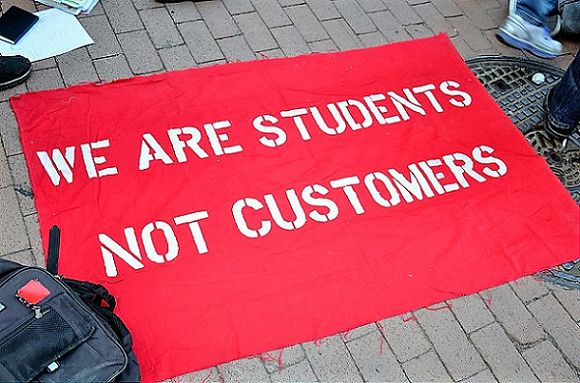Privatization Of Education In India
Jun 25, 2019 • 17 views
The privatization plan weakens Social Security andthreatens our economic security by creating trillions of dollars in new debt.
-Ruben Hinojosa
"Privatization.
Coined in 1948, thatmeans transferof government assets or the ownership into private hands, which is generally for the sake of greaterefficiency. The policy of Liberalization, Privatization and Globalization (LPG) was adopted, from 1991onwards .The main objective of the government was to ensure higher economic growth throughincrease in industrial production resulting in greater well-being of Indian citizens. The question arisescan privatization of higher education contribute towards this goal without compromising thegenerally accepted goal that higher education is a public good which any meritorious person shouldbe able to access regardless of his resources? Ibelieve it can, provided government does notabandon its constitutional responsibility which require that it promotes not only growth but alsoequity and social justice.
There is no doubt that to stay competitive, India needs to have its own pool of highly skilled personnel, The existing source of government owned institutions needs to be vastly augmented. Since the government does not have the funds, private money is the only alternative, as it has already accepted in the case of infrastructuredevelopment. An emergent trend- according to a report submitted by The Planning commission inthe period 2002-2007 the share of private institutions in higher education has increased fromone third to over half of all enrolment needs to befurther strengthened.

Its expensive
But privately funded education is expensive. In acountry where 55 percent have an income level in the vicinity of the poverty line, the big challengefor a democracy to ensure is that higher education does not become the preserve of an elite. This canbe avoided if government policy facilitates low interest loans by banks and scholarships by thepublic and private sector to deserving students. There is some evidence to suggest that due to lesspolitical interference and firmer accountability mechanisms, teachers are more committed andstudents more serious in privately funded institutions than in governmental ones. But this does not meanthat the government can give up its role of monitoring them because instances often come to light ofdiscrimination and arbitrary functioning.
Another reason why private institutions will need government regulation is to ensure that they offer a diversity of courses reflective of the needs of acomplex public welfare oriented economy and not merely management related ones for whichthere is a ready market.
With about 300 universities and deemed universities, over 15,000 colleges and hundreds of national and regional research institutes, Indian higher education and research sector is the third largest in the world, in terms of the number of students it caters to. However, not a single Indian university finds even a mention in a recentinternational ranking of the top 200 universities of the world, except an IIT Kharagpur ranked at 41. Whereas there were three universities each from China Hong Kong and South Korea and one fromTaiwan.
Quality with equity
In the context of privatizing higher education one thing is clear, even as the government pursues this goal, it needs to make sure that not only equity is maintained but also quality of all higher educational enterprises is enhanced.The role of privatization is important to expand education qualitatively as well as quantitatively. Here state and central government encourage the privatization of education to achieve economic development. But the lack of quality education affects the educated masses. In fact, privatization increases of number of degrees holders on one hand and unemployment on the other hand. For this more and more opportunities should be provided to them which can prepare them for employment in organizations or engage in self employment.
